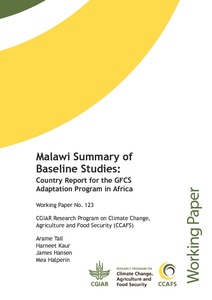The Economic Viability of Jatropha Biodiesel in Nepal
Nepal depends entirely on imports for
meeting its demand for petroleum products, which account for
the largest share in total import volume. Diesel is the main
petroleum product consumed in the country and accounts for
38 percent of the total national CO2 emissions from fuel
consumption. There is a general perception that the country
would economically benefit if part of imported diesel is
substituted with domestically produced jatropha-based



